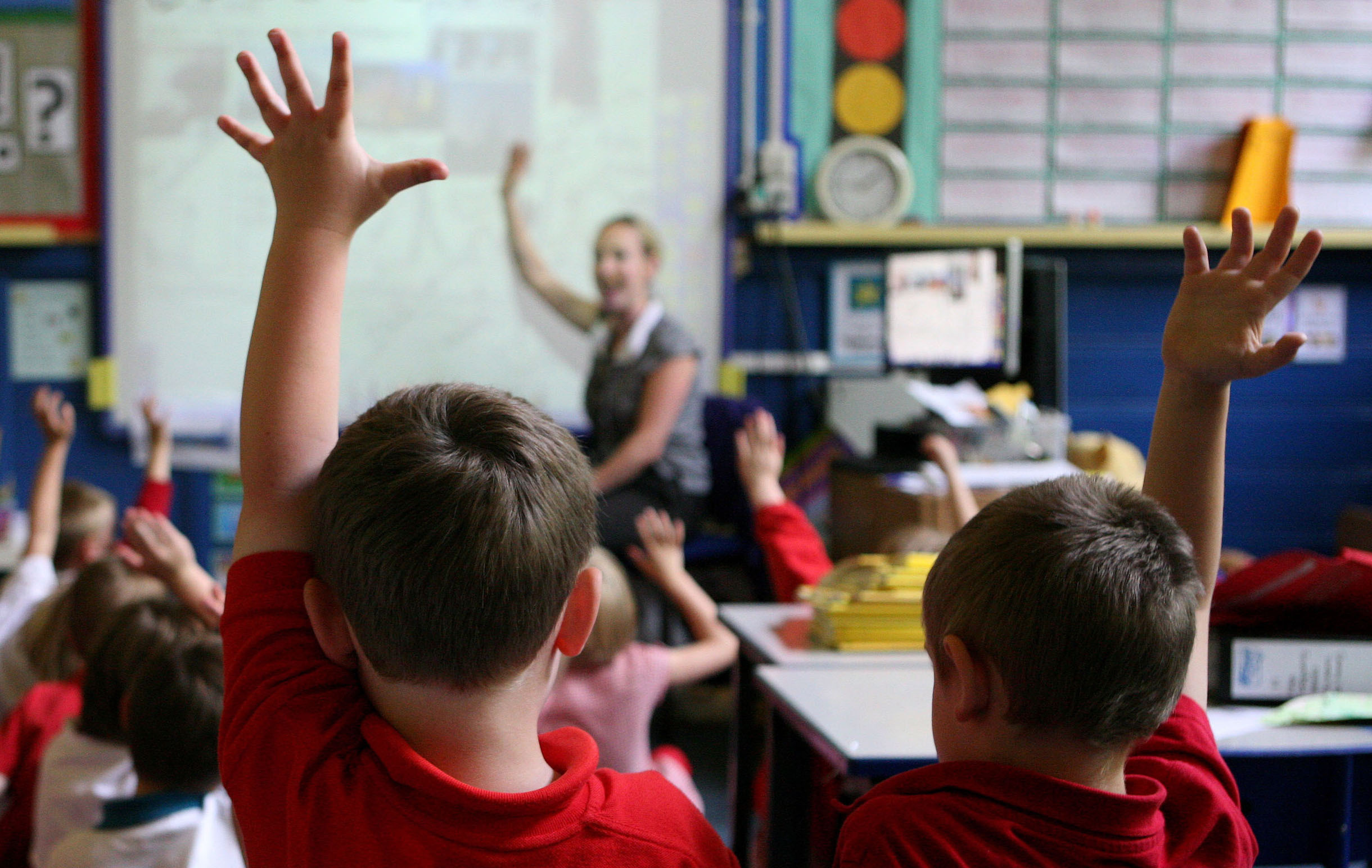
Teachers have backed calls for greater investment in recruiting speech and language therapists after we told how a survey found 89% of nursery nurses have seen a rise in the number of young children struggling to talk or understand basic language since the pandemic began.
The survey was carried out by The Royal College of Speech and Language Therapists, which warned of a postcode lottery leaving some of the young Scots needing support most urgently waiting up to 18 months for help.
Now, trade union the EIS has said its members have reported a similar rise in the number of children with communication difficulties and warned frustration among children with these issues has led to more violence in schools.
Speech crisis: Therapists say lockdown damaged children’s language and communication skills
EIS Assistant Secretary Anne Keenan said: “Over the last two years, our members in Early Years have reported an increase in the number of children presenting with delayed development and with minimal speech and language acquisition.
“Linked to this, we have received reports of an increased number of violent incidents, arising from distressed behaviours, most notably in younger children who have not previously presented in this way.
“Early identification of need and early intervention strategies are key to meeting needs and to delivering the policy ambitions set out by the Scottish Government in Getting it Right for Every Child.
“However, chronic systemic underfunding both of education and the frontline services which support children and young people have resulted in a gaping chasm between policy and the reality in practice.
“Investment in targeted interventions is long overdue and must also be accompanied by investment in qualified early years’ teachers.”
We told last week how almost 250 early years practitioners across Scotland were asked if more children are struggling to communicate since the pandemic and 89% indicated there was either an increase or a significant increase in the number of infants, aged two to four, having difficulties.
The Scottish Government said it will invest in a new programme to support early intervention in speech and language for children and their families.

Enjoy the convenience of having The Sunday Post delivered as a digital ePaper straight to your smartphone, tablet or computer.
Subscribe for only £5.49 a month and enjoy all the benefits of the printed paper as a digital replica.
Subscribe